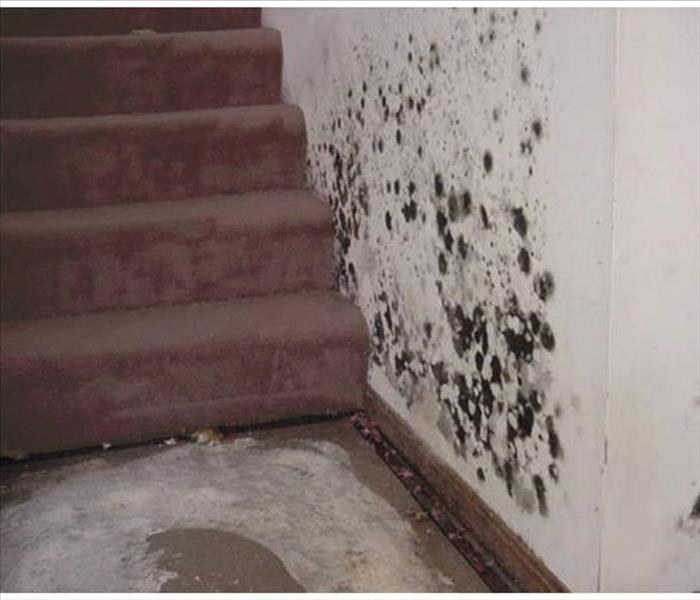Mold Prevention
3/11/2019 (Permalink)
While there is no way to completely eliminate all of the molds and mold spores in your home, there are some steps you can take to control the amount of moisture and subsequent mold growth. While this isn’t an exhaustive list, the following are several ways to accomplish moisture control.
One way is to stop any water that could creep into your home. Fixing any leaks from appliances, pipes, or supply lines; using waterproof or water-resistant materials such as tiles, deep-sealed concrete, galvanized/stainless steel hardware, etc.; using moisture barriers over exposed dirt and having proper ventilation in crawl spaces to prevent water from the ground; and making sure gutters are properly cleaned and maintained are ways to prevent unwanted water from invading your home. Keeping this water out is key to preventing microbial growth.
Another is to keep it clean. Fabrics that are not cleaned regularly and kept in well ventilated places will breed mildew. Mold and mildew thrives in soiled, damp places. Dirty duct work can cause mold spores to circulate throughout your home without you really noticing.
The next thing to remember is to keep it dry. Using dehumidifiers, fans, and opening windows, especially during hot weather, to regulate the humidity levels in your home help inhibit the ability of mold to grow. It is ideal to keep humidity levels below 40% and reduce potential for condensation on cold surfaces by insulating around them.
Disinfecting surfaces regularly can prevent microbial growth from occurring or returning. A 10% bleach solution – 1 ¼ - 1 ½ cup bleach to a gallon of water – or a commercial disinfectant is recommended by FEMA to be most effective in removing/preventing microbial growth.
If you do find yourself with mold in your home, trust a certified professional, like SERVPRO of Floyd County, to remove it properly.
*information courtesy of FEMA Mold & Mildew Guide

 24/7 Emergency Service
24/7 Emergency Service
